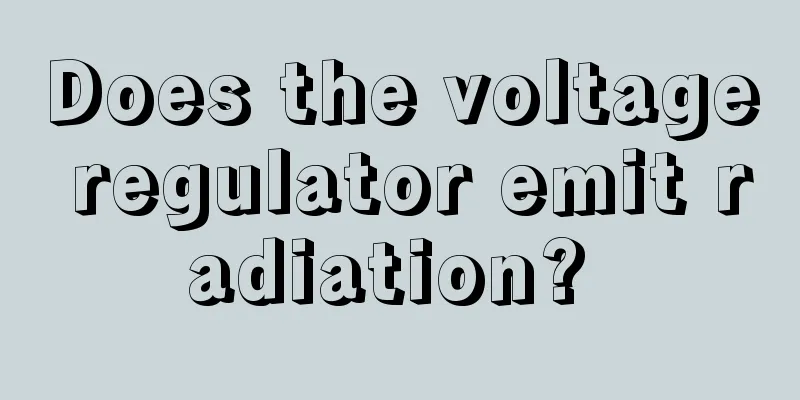How to do a laryngoscopy

|
The throat is an area that we use every day in our daily lives. We have to pass through this area when we talk, drink water, or eat. Therefore, once any discomfort occurs, it will have a great impact on our daily lives. The laryngoscope examination is aimed at this area. It places the examination mirror in the throat so that we can intuitively see whether there are any abnormalities in the throat. Let's talk about how to do a laryngoscopy examination. Inspection method: 1. Supine method The subject lies supine with the head and neck placed outside the operating table and the shoulders close to the edge of the operating table. The assistant sits at the front right side of the operating table with his right foot on the trapezoidal wooden box. He holds the top of the patient's head with his left hand and tilts the head back. He holds the patient's occipital region with his right hand and keeps the head 10 to 15 cm higher than the operating table. The examiner stands in front of the examinee's head. For children, an assistant should hold down the shoulders and fix the limbs to prevent them from struggling and moving. 2. Breathing The subject relaxes his whole body, opens his mouth and breathes calmly; the examiner protects the subject's upper teeth and upper lip with gauze, and then holds the direct laryngoscope in his left hand and guides it into the pharynx along the middle or right side of the back of the tongue. After seeing the epiglottis, the laryngoscope is tilted slightly toward the posterior pharyngeal wall; then penetrate about 1 cm, place the tip of the laryngoscope below the laryngeal surface of the epiglottis, lift the epiglottis, and lift the laryngoscope upward with force to expose the laryngeal cavity. However, the laryngoscope should not be tilted upwards using the upper incisors as a fulcrum to prevent the teeth from being pressed and falling off. 3. Vocal cord method The scope of examination includes the root of tongue, epiglottic valley, epiglottis, aryepiglottic folds, arytenoid cartilages, ventricular bands, vocal cords, subglottic area, upper trachea, bilateral pyriform sinuses, posterior wall of laryngopharynx and postcricoid space. During the examination, attention should be paid to the color and shape of the mucosa, vocal cord movement, and the presence of neoplasms. During direct laryngoscopy, because the examinee is in the same position as the examiner, the left and right sides of the vocal cords are opposite to those seen under indirect laryngoscopy. |
>>: What's wrong with the dark belly and waist
Recommend
What are the dangers of sleeping for a long time?
Modern young people are under great pressure from...
There is root pain on the big toe of the instep
The pain in the ligaments of the feet is caused b...
Ovarian tumors and ovarian cysts
Ovarian tumors and ovarian cysts 1. Most ovarian ...
Physiological functions of carbohydrates
There are more and more carbohydrate foods now, a...
Can I use salt water to wash my nose?
Rhinitis is a very common nasal disease. It cause...
What are the early symptoms of liver cancer? How to prevent liver cancer?
If you want to effectively stay away from a certa...
Can white vinegar remove formaldehyde by wiping furniture?
Formaldehyde is a gas that affects our health. It...
Can people with lymphoma eat sea cucumbers?
Can cancer patients eat sea cucumbers? Cancer has...
Is the cure rate of osteosarcoma high?
For teenagers, one of the biggest characteristics...
What is the best way to treat liver cancer? Liver cancer patients need to pay attention to these dietary matters
"I had a physical examination two years ago,...
How to wash yellow stains on clothes
Sometimes we will find yellow stains on clothes, ...
Is there any good way to repel mosquitoes
The weather is hot in summer and there are more m...
What should I do if asthma attacks recur?
Asthma is chronic bronchitis, which is an allergi...
I always feel like there's something blocking my throat
Some people often feel discomfort in their throat...
Blood in nasal sputum
There are many patients with sinusitis in life. T...









